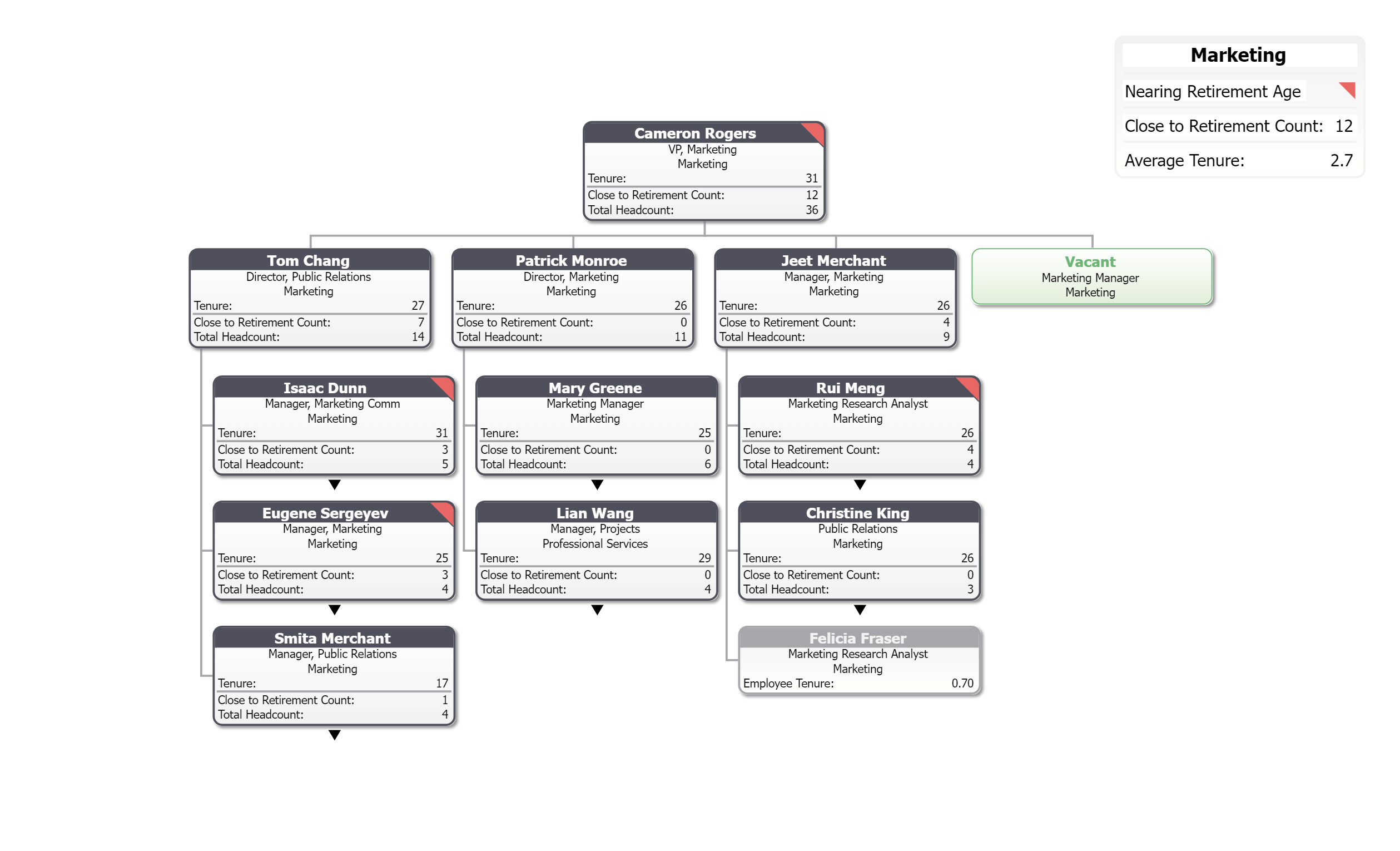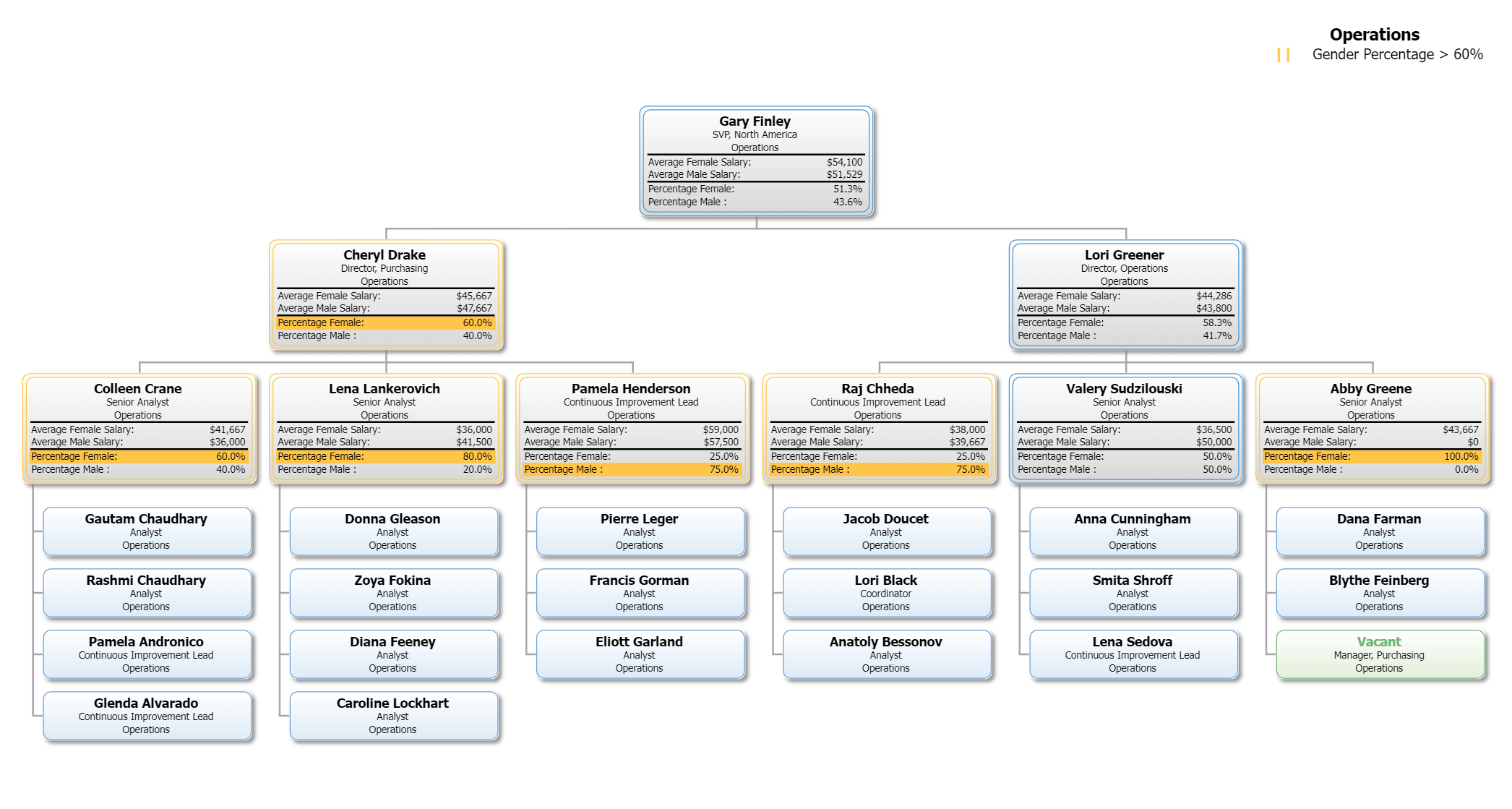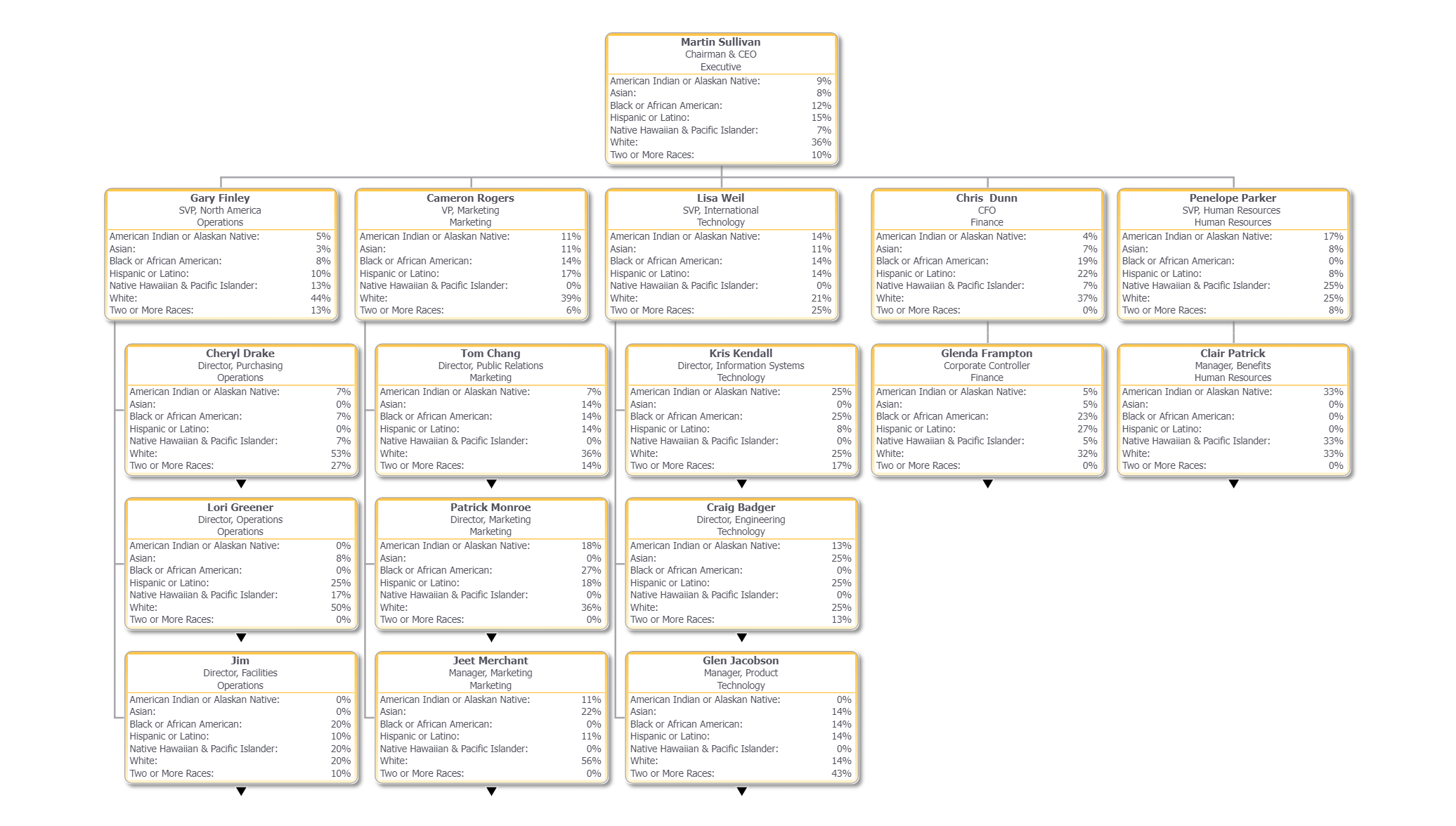July 25, 2018
5:59 AM

It’s essential to understand the age spread of employees in your company. As baby boomers age and retire and younger workers join the workforce, opportunities abound for synergy and tension. That means new challenges for managing diversity. Maximizing any company’s performance requires the right blend of youth and experience. Tracking and maintaining age diversity also has important implications for the perception of a company, both internally and externally. HR departments use age demographic knowledge to keep an eye on possible pending retirements to be better prepared to fill talent gaps or to offer benefit packages that are the most relevant.

Another motivation to be aware of the age demographic is to avoid areas of potential bias or discrimination. There are laws in the U.S. that prohibit discrimination in any aspect of employment, including hiring, firing, pay, job assignments, promotions, layoffs, training, and benefits against workers over 40. Over recent years about 21,000 age-related complaints have been brought against employers annually via the Equal Employment Opportunity Commission.
Times when layoffs are occurring, can be a particularly fraught situation for employers who aim to reduce pay and health insurance costs by cutting staff. Older workers, who tend to be more expensive, could be targets for discrimination, and litigation could ensue if it’s proven that age was a basis for firing. While often hard to prove, a New York Times article described the case of Spirit AeroSystems, who had a discrimination lawsuit brought against them when it was discovered that nearly half of the 370 people laid off in 2013 were over 40 years of age.
The numerous stereotypes often made against older workers, however, don’t hold up to the scrutiny of workplace research. Accusations of burnout or low productivity aren’t a reality when employers rate more senior employees for loyalty, reliability and productivity. Other misconceptions — such as older workers not being as creative or having diminishing cognitive or technical skills — are often untrue and can be outweighed by experience. So it makes sense for progressive companies to encourage age diversity to maintain a vibrant, productive workplace.

OrgChart allows you to leverage your HR data into custom metrics that can help you assess your organization’s age demographics. Calculate the distribution of different age groups within an organization. This gives a visual snapshot of age segments and allows the HR professional to track age data about other relevant information, such as salary treatment, promotions, and performance ratings and rankings. Break these demographics down for the organization’s business units to compare age diversity across departments.
OrgChart can also calculate gender ratios and automatically detect when gender dispersion across teams does not align with your company goals.. It’s a simple ratio of male/female, which can be applied across divisions, departments, locations, or job types to identify imbalances. Compelling evidence from a 2017 study by McKinsey and Company showed that companies in the top quartile for gender diversity in their executive teams showed 21 percent more profitability than those in the fourth quartile. The impact of gender diversity on profitability and value creation makes it a metric to observe and manage.

OrgChart makes it easy to visualize the ethnic diversity metric in the workplace across and within specific organizational units. Applications of learnings gleaned from the data could include hiring, compensation, promotions, and terminations.
Navigate the complexities of talent management, age, and diversity maintenance with OrgChart – your comprehensive tool for strategic workforce planning. By consolidating your people data in one place, OrgChart offers an accurate view of your organization, enabling teams to get necessary information promptly and efficiently. Supplement or override HR data as needed, and track crucial metrics that reflect your organization’s realities.

With OrgChart, modeling future changes, setting goals, and creating actionable workforce plans is simple. Collaborate in real-time with key stakeholders, align your organizational structure with strategic goals, and explore the impact of future scenarios. Our platform’s data-driven presentations and automatic archival capabilities aids in spotting past and present trends, so that you can better prepare for your organization’s future.
In a constantly shifting environment, OrgChart optimizes your workforce planning by allowing you to measure the impacts of your changes in real time, ensuring your plans remain accurate as your organization evolves. Experience the OrgChart difference today and unlock the potential of your org chart.
Tags: